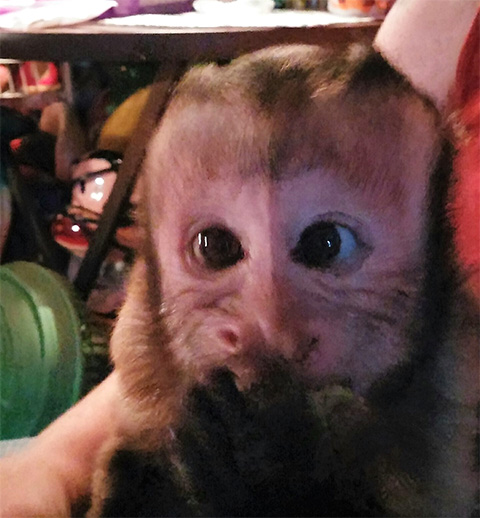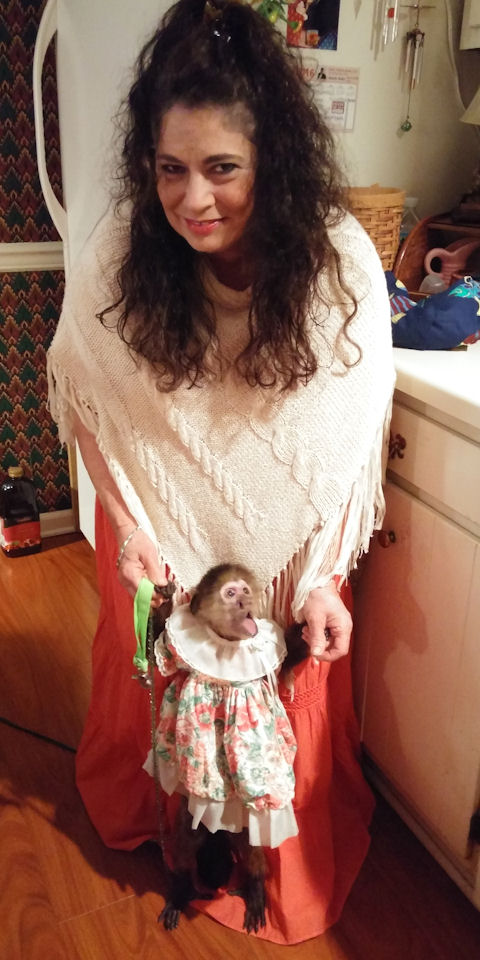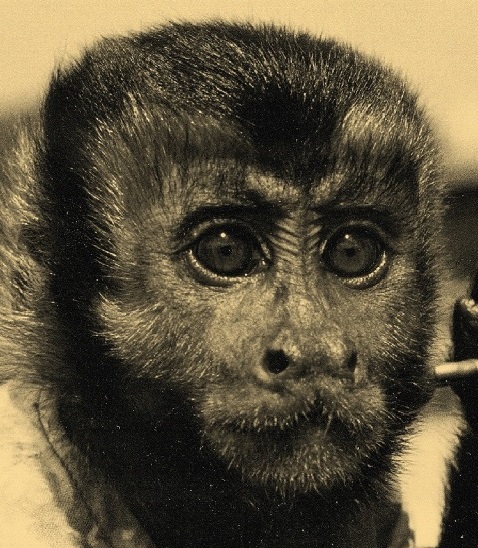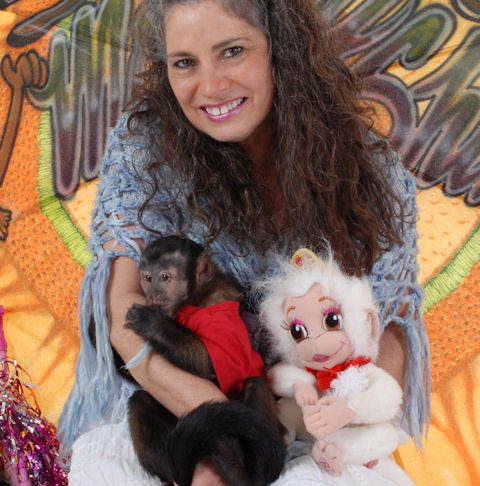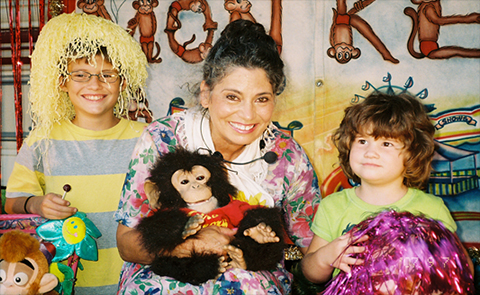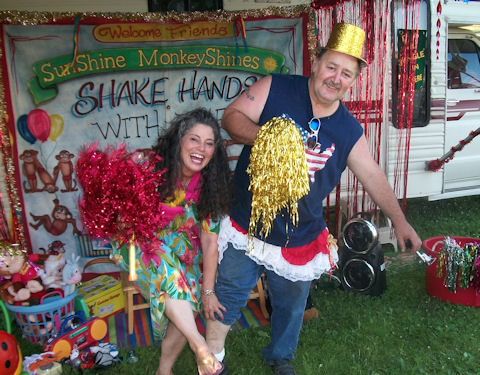By Mary Lynn Campbell

In last month’s post for Primate Care, I began talking more about having a “A Monkey Caregiver’s Journal.” Therefore, I thought that it would be a good idea to devote an entire post to this very important tool. This is not only a great thing for you to have but it could be a special gift to someone else if they needed to be your monkey’s caregiver.
I can now see how important it can be to have one of these due to having monkeys who have come to me as rehomed monkeys. It would be wonderful to just be able to open a journal and have a record of many details about the earlier years of their lives. This type of tool would be worth it’s weight in gold to me because without it many times I must start blind in learning about my newest members of the troop.
So, now let us go to the list about what things would be helpful to put into “A Monkey Caregiver’s Journal.”
